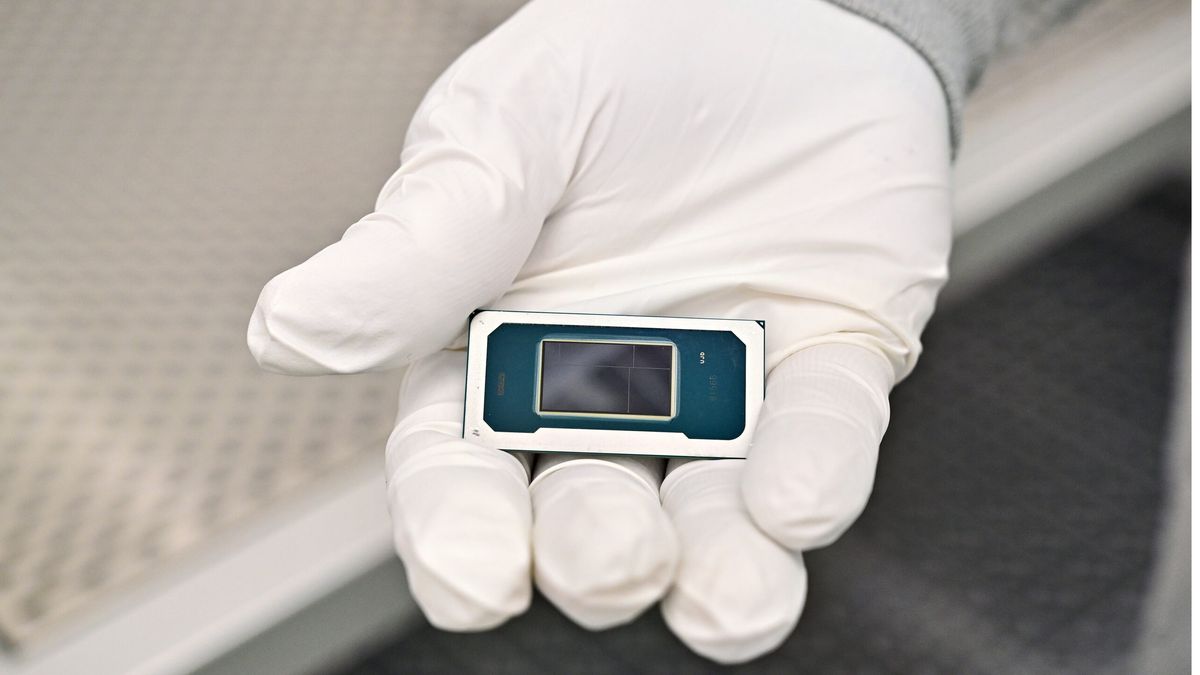NASA’s Voyager 1 spacecraft has been in space for nearly 50 years, enduring the harsh environment of outer space while teams on the ground figure out ways to keep its aging hardware from falling apart. In the latest attempt to keep Voyager alive, engineers managed to bring the spacecraft’s old thrusters back to life after being inoperable for decades.
NASA’s engineers revived a set of thrusters on board the Voyager 1 spacecraft to use as backup while the mission goes offline for ongoing upgrades to a radio antenna used to communicate with deep space missions, the space agency revealed this week. Voyager’s primary roll thrusters had stopped working in 2004 after losing power in two small internal heaters, but the team managed to restart the thrusters while the spacecraft cruises through interstellar space at a distance of 15.14 billion miles away (24.4 billion kilometers).
Voyager 1 launched in 1977, less than a month after its twin probe, Voyager 2, began its journey to space. The twin spacecraft rely on a set of primary thrusters that move them around to keep their antennas pointed toward Earth so they can send data and receive commands. The primary thrusters adjust the spacecraft’s orientation—pitch and yaw—while separate thrusters control its roll. Those thrusters—a set of primary and backup units—rotate the spacecraft’s antenna like a vinyl record, keeping each Voyager pointed toward a star they use to orient themselves in space.
Engineers switch between the spacecraft’s primary and backup thrusters to prevent them from clogging, but Voyager 1’s primary roll thrusters broke 20 years ago and the spacecraft has been solely relying on its backup thrusters ever since.
“I think at that time, the team was OK with accepting that the primary roll thrusters didn’t work, because they had a perfectly good backup,” Kareem Badaruddin, Voyager mission manager at NASA’s Jet Propulsion Laboratory, said in a statement. “And, frankly, they probably didn’t think the Voyagers were going to keep going for another 20 years.”
Twenty years later, the Voyagers continue to truck along, so the team decided to have another go at fixing Voyager 1’s primary roll thrusters. The engineers behind the mission needed to get it done before May 4 when a 230-foot-wide (70-meter-wide) antenna in Canberra, Australia—part of NASA’s Deep Space Network—would begin undergoing upgrades. The pause in communication will last until February 2026, with brief periods of operation in August and December. This particular radio antenna is the only dish with enough signal power to send commands to the Voyagers.
That’s a long period of silence, and mission engineers needed to make sure Voyager 1 would be okay on its own. In case the backup roll thrusters failed during this time, the spacecraft would face significant challenges that could terminate the mission. The dormant thrusters, for example, could automatically fire if the spacecraft drifts too far from its guide star, triggering a small explosion.
The team got to work on reexamining the issue that may have caused the primary roll thrusters to stop working. “They began to suspect that an unexpected change or disturbance in the circuits that control the heaters’ power supply had effectively flipped a switch to the wrong position,” NASA wrote. “If they could turn the switch back to its original position, the heaters might work again, enabling them to reactivate the primary roll thrusters and use them if the backup roll thrusters that have been used since 2004 become completely clogged.”
On March 20, the primary roll thrusters turned back on after a long hiatus. “These thrusters were considered dead. And that was a legitimate conclusion,” Todd Barber, the mission’s propulsion lead at JPL, said in a statement. “It’s just that one of our engineers had this insight that maybe there was this other possible cause and it was fixable. It was yet another miracle save for Voyager.”
The Voyager probes, the first spacecraft to cross into interstellar space, have been exploring the unfamiliar region for nearly 48 years. During its flybys of Jupiter and Saturn, Voyager 1 contributed to the discovery of moons including Thebe and Metis, and a new ring around Saturn. NASA launched Voyager 2 on a trajectory toward the solar system’s gas giants, Jupiter and Saturn, before going on to explore the icy giants Uranus and Neptune.
All that traveling has taken a toll on the farthest human-made objects, and the spacecraft’s days are numbered. The Voyagers are powered by heat from decaying plutonium, which is converted into electricity. Each year, the aging spacecraft lose about 4 watts of power. In an effort to conserve power, the mission team has turned off any systems that were deemed unnecessary, including a few science instruments. With the current energy-conserving plan, NASA engineers believe the twin spacecraft could continue operating into the 2030s, just making it past their golden anniversary in space.








 English (US) ·
English (US) ·